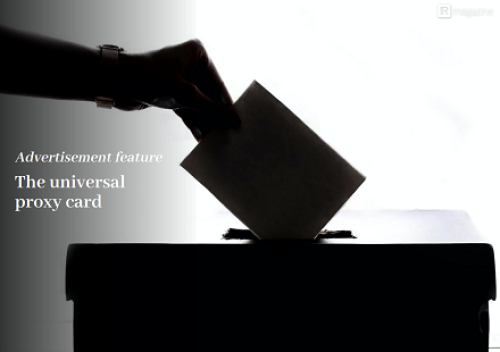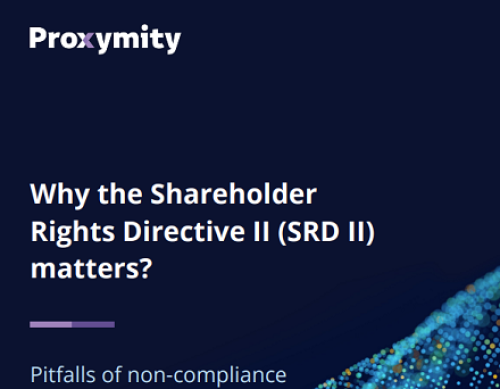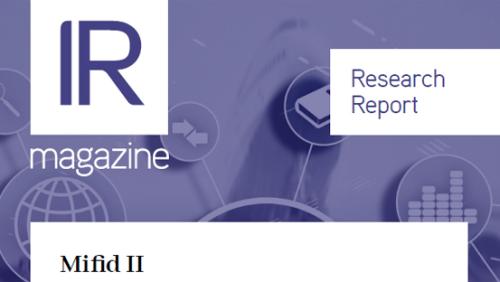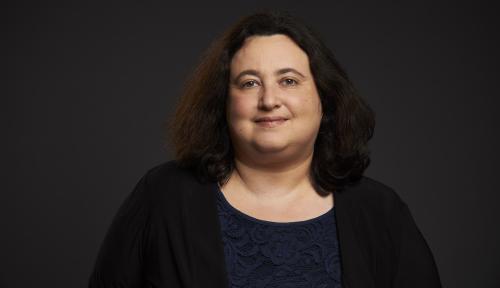The effects of Mifid II, the wide-reaching European regulation designed to unbundle costs and bring transparency to the markets, were expected to be fast and profound – resulting in huge cutbacks on the sell side and a dearth of research, particularly among small caps.
There was initial tension around what research would cost and who would pay but, today, almost all European asset managers say they will cover research costs themselves. And just this week, US asset manager Capital Group also said it would cover costs in a move that highlights just how global Mifid II will become.
But while asset managers might have bitten the bullet on research costs, spending on that research has gone down. European institutional investors cut budgets for external European equity research by almost a fifth (19 percent) in 2018, according to a November report by Greenwich Associates, which predicts a further 5 percent to 6 percent cut across this year.
Greenwich Associates also finds that the big banks are still getting the big bucks. ‘At the midpoint of 2018, more than 50 percent of European research/advisory allocation was still being directed toward global investment banks,’ it states.
Alongside those spending cuts, smaller-cap companies also report a fall in the number of analysts covering their stock, according to recent research from the UK’s IR Society. Surveying its FTSE 250 and small-cap members on analyst research in a post-Mifid II world, Laura Hayter, head of policy and communications at the society, says almost 60 percent have experienced a decrease in analyst coverage over the last 12 months – though for many, this was a one or two-analyst reduction.
‘While the remaining 40 percent have experienced no decrease in research coverage, some note the issue is around the quality and length of research and the level of experience of analysts,’ she explains.
Interestingly, she adds that ‘all of those who have experienced a decrease in coverage have said there has been no negative impact on their business, which demonstrates that IR is stepping up to the plate as a result of regulatory reform.’
And according to Greenwich Associates, the worst of the research cuts are behind us. ‘With the massive decrease in 2018, the worst is likely over,’ says William Llamas, institutional relationship manager at Greenwich Associates, in a statement accompanying the study. ‘Given the smaller research pool, however, investment banks and other providers will continue to fight for every last dollar, and success will be defined as ‘almost’ capturing the same revenue as in pre-Mifid II times.’
Declining quality?
Complaints around sell-side coverage are nothing new. Back in 2013 IR Magazine research noted that IROs gave the sell side a rather underwhelming average satisfaction rating of 6.4 out of 10.
But Hayter says things have changed since Mifid II, with companies reporting a change in the quality, volume and timing of research. ‘Many IROs are seeing results-based, shorter notes as well as broader sector and thematic updates, but fewer company-only detailed research notes,’ she says. ‘Some of the decline in analyst coverage can be attributed to movement of analysts between research houses, and a subsequent gap in coverage while they reinitiate. Where senior analysts have left, some companies are seeing more junior analysts taking up coverage.’
Interestingly, this is something Guido Pickert, head of IR at German small-cap Aixtron, says he saw more of pre-Mifid II. ‘What we saw in previous years was that analyst or research capacity had been reduced in some houses, or people had left and not been replaced – and some of the of the covering companies or banks took this as a reason to stop coverage of our stock,’ he says, citing UBS and JPMorgan as examples of banks that ceased coverage some time ago.
‘But directly linked to Mifid? We have not yet seen a huge effect on the research side – that has held up, and we even have one or two houses intending to either reinitiate or completely initiate coverage for the first time. That’s quite surprising, I must say.’
Aixtron is not your typical small cap, though. It has 10 analysts covering the stock and Pickert says high levels of liquidity and investor demand means brokers are almost obliged to produce something on the company. From his perspective, however, some brokers – those whom he says really want to stay in the space – are actually putting more into the research. ‘Some banks and brokers have become more creative and tried to really clearly differentiate themselves from their peers,’ he says.
It’s also notable that in November 2018, HSBC announced expansions to its small and mid-cap equity teams in both London and Hong Kong.
But Pickert acknowledges that his experience – at least from a small-cap perspective – is likely not what most are dealing with. ‘Research coverage all depends a little bit on the company size,’ he says. ‘If Aixtron was just a regular, boring company without any real edge, I think we would be struggling and maybe we would have to look at sponsored research.’
According to Fraser Thorne, CEO of Edison, this is exactly what a growing number of companies are doing. He says his firm, which offers paid-for research reports that are signed off by the IR team and are not subject to Mifid-related restrictions, has seen ‘a big uptick in interest from companies looking to fill gaps in both research and roadshows post-Mifid II.’ Definitive numbers are difficult to provide, however, ‘as many companies may not have actually lost sell-side coverage, but [have chosen this option due to] a decline in volume and quality.’
Getting practical
So if you do find yourself losing coverage or research quality is falling, or you simply want to protect yourself from any future changes on the research scene, what steps can you take?
For IROs, the ‘key to maintaining their relationship with the sell side and those analysts covering them is to understand how they will be covering the company and their sector going forward,’ says Hayter. ‘How, and to whom, will they be distributing their research? How do they propose to approach coverage of their shares – for example, regular short update notes, or intermittent thought pieces? And what will they continue to send the company – notes on the sector or just on their company? If the latter, it will make it harder for investor relations teams to put an analyst’s position on the company’s shares in context.’
It also very much comes down to getting your information in order – and the first port of call for investors and analysts is almost always the website.
‘Clear and consistent communication of the equity story is a fundamental principle that should underpin all investor relations activities,’ advises Hayter. ‘Ensuring information is consistent across all materials including the annual report, we recommend including the following information on a company’s website: investment case, business model, markets, strategy and governance & risk factors.
‘Information can be kept clear and concise through the use of graphs. In addition, we recommend publishing consensus, a record of analyst coverage and a direct point of IR contact for investor meeting requests and queries.’










